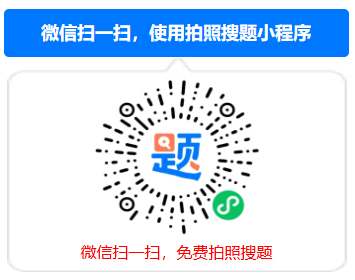单项选择题
You have a Web application that is configured for personalization. You need to access personalization data from one of the pages of the Web application by using the minimum amount of administrative effort. What should you do? ()
A. Access the personalization data from the Session property of the HttpContext object.
B. Access the personalization data from the Application property of the HttpContext object.
C. Access the personalization data from the Cache property of the HttpContext object.
D. Access the personalization data from the Profile property of the HttpContext object.
相关考题
-
单项选择题
You create a master page named Article.master. Article.master serves as the template for articles on your Web site. The master page uses the following page directives. You need to create a content page that uses the master page as a template. In addition, you need to use a single master page for all devices that access the Web site. Which code segment should you use? ()
A. <%@ Page Language="VB" Theme="article"%>
B. <%@ Page Language="VB" MasterPageFile="~/article.master"%>
C. <%@ Page Language="VB" ie:MasterPageFile="~/article.master"%>
D. <%@Page Language="VB" all:MasterPageFile="~/article.master"%> -
单项选择题
You develop a Web application that contains two master pages. You need to dynamically set the master page when a user views pages in the application. What should you do? ()
A. Set Page.MasterPageFile in the Page's Page_Init event.
B. Set Page.MasterPageFile in the Page's OnInit override.
C. Set Page.MasterPageFile in the Page's Page_Load event.
D. Set Page.MasterPageFile in the Page's Page_PreInit event. -
单项选择题
You create a master page named Template.master. Template.master contains the following ContentPlaceHolder server controls.You also create 10 Web Forms. The Web Forms reference Template.master as their master page. Each Web Form has the following Content controls that correspond to the ContentPlaceHolder controls in Template.master.You need to configure the Web pages so that default content will be shown in the area2 ContentPlaceHolder control whenever a Web Form does not provide that content. What should you do? ()
A. Move default content inside area2 in Template.master. Remove area2 from Web Forms that do not provide content.
B. Move default content inside area2 in Template.master. Leave area2 blank in Web Forms that do not provide content.
C. Move default content inside area2 in the Web Forms. Remove area2 from Template.master.
D. Create an additional ContentPlaceHolder control in Template.master named area2_default. Place default content inside area2_default. Remove area2 from Web Forms that do not provide content.



